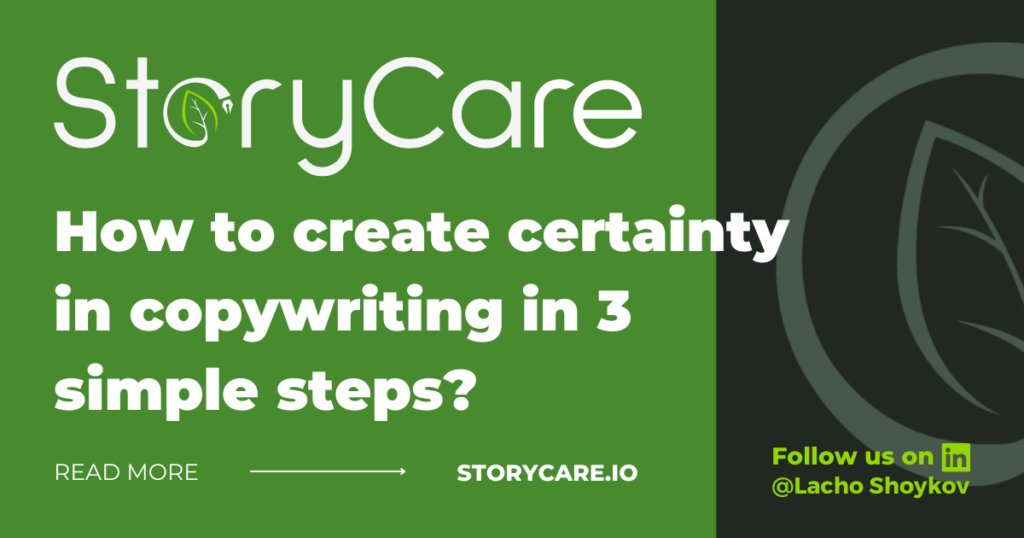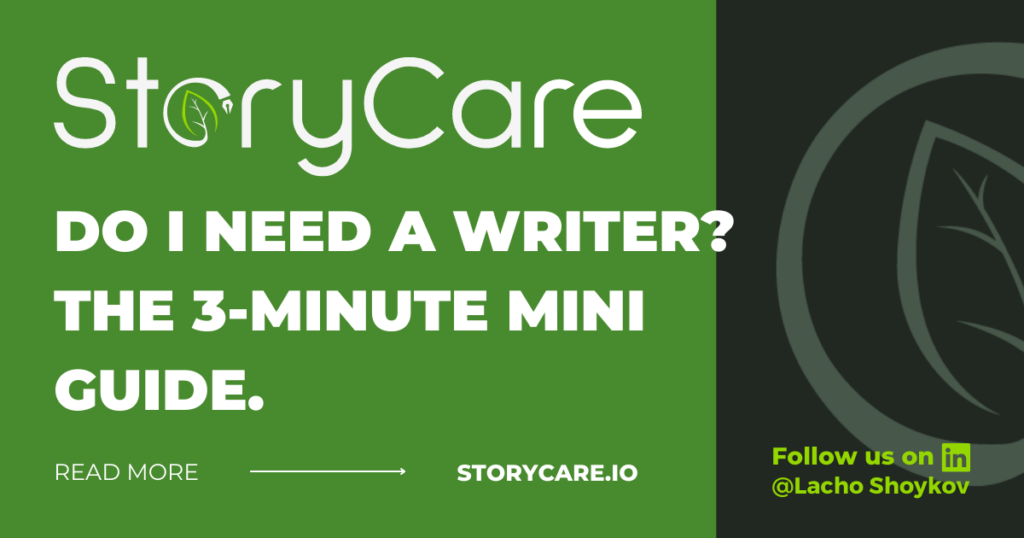How to create certainty in copywriting in 3 simple steps?
Clarity, social proof, and guarantees are the 3 most effective ways to evoke certainty in your future clients. Clarity is about telling the truth in plain language. Social proof is about showing you are credible and trusted by other people. Guarantees demonstrate that you are taking an extra step to ensure your customer’s well-being and satisfaction. In this article, we’ll unpack each of these ideas at length, so keep reading to learn how to create certainty in copywriting.
Table of Contents
What is certainty?

Let’s cover the fundamentals before we build on top of them. The dictionary defines certainty as ‘firm conviction that something is the case,’ ‘the quality of being reliably true,’ and a ‘general air of confidence.’
Thus, certainty is about helping people believe with confidence that you are telling the truth and nothing else. Certainty is a pre-requirement to create a feeling of trust, confidence, and comfort. It is essential for every social interaction in a group environment. As such, certainty is one of the cornerstones of copywriting.
Creating certainty in copywriting is about clarity
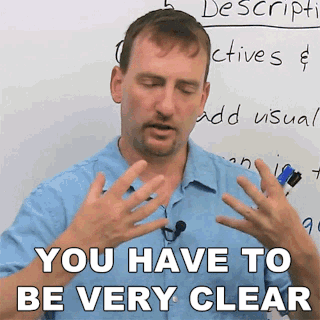
Know your audience
What and how you write depends first and foremost on WHO you write for. A child, a student, and a professor have different levels of awareness. They cannot process the same problems and concepts and require an extra degree of explanation.
Thus, your first priority is to figure out who you are writing for and their expertise on the subject you are writing about. Are they complete beginners, intermediates, or experts in the field? Figuring that out is way easier if you create a buyer persona of your ideal client.
Once you’ve figured out the capabilities of your target readers, you can decide what language complexity they can handle, including jargon, technical terms, and concepts. However, only use technical terms when they help you communicate your point. Avoid them if their only purpose is to show off you know the lingo.
Lead with value
What’s in it for your reader? Use their desired outcome as a starting point and build your text from there. You must explain how your piece (offer) fits into their puzzle (life). A great way to zoom out is to use the 5 whys root cause analysis, which was one of the reasons for Toyota’s rise in the 1980s.
Oppositely, one of the worst ways to start an introduction is to get stuck explaining a technical detail without making a connection to your audience’s desires. You get so focused on the piece that you forget the goal is completing the puzzle.
Keep it simple
Academic writing is notorious for going on and on, using pages for what can be said in a few paragraphs. There’s a time and place for every level of complexity, but as a rule of thumb in business, always communicate your point as simply as possible.
People like to feel they understand a subject. Visual presentations, metaphors, and sometimes anecdotes can help them immediately grasp a new concept. This makes them feel safe and secure and feeds into their over-optimism tendency.
Ultimately, people need to understand what you do to do business with you.
Creating certainty in copywriting through social proof
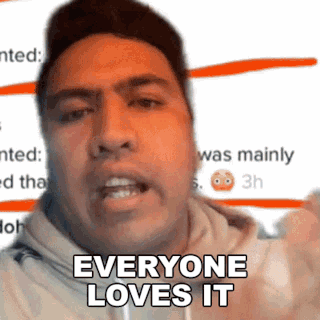
Social proof is one of the most well-known psychological phenomena in marketing. It is popularly known as ‘conformity’ and represents people’s desire to imitate other people’s behaviour.
We assume a restaurant has great food if it’s always packed. We believe something is fashionable when more people wear it. We spend time on social media because most of the people we know are already there.
You need others to spread the word about your service to use social proof. This can be through asking clients for testimonials, hiring influencers, or brand ambassadors. If you have no clients, you can offer a free demo of your product or service and ask them for a testimonial. It can be in the form of text, a picture, or even a video.
Creating certainty in copywriting through guarantees

A guarantee creates an extra layer of certainty for your clients. Up to this point, you should have already communicated how well your product or service helps solve a relevant problem for them, as it already has for many others. But it may still not be enough to convince them.
People naturally avoid doubt and uncertainty. They’d rather stay with the pain they know than try something completely new. Thus, you may have to get rid of their final buying objection, ‘what if this doesn’t work for me?’ by making an extra commitment to their satisfaction, aka a Guarantee.
Types of guarantees
There are many types of guarantees to consider: money back, free repairs, free personal service, the release of contract, wage payment, ancillary costs refund, and more. Guarantees can be either conditional or unconditional, depending on what makes sense for your product or service.
Unconditional guarantees
The most famous example of an unconditional guarantee is the no-questions-asked money-back guarantee. If, for whatever reason, your product or service is not up to the expectations of your client, they can ask for their money back.
Although it sounds scary to marketers and opens the door for people to take advantage of the deal, such a guarantee communicates commitment, certainty, and belief in your project, which will attract such a significant number of people that the number of sales will make up for the occasional refunds.
ANTI guarantees
Sometimes, you may also consider an ANTI guarantee, like ‘all sales are final’ or ‘no refunds.’ This may be the case when you sell access to a downloadable file or course or if you have significant costs associated with delivering your service.
Final words on creating certainty in copywriting
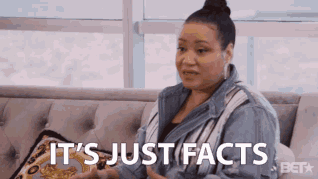
Certainty is one of the most critical requirements for you to sell anything. People need to believe in you and your product or service. They need to trust you before they decide to buy from you. In copywriting, you can evoke certainty by communicating clearly, sharing actual results, and committing to guarantees that eliminate the risk for your potential clients. It’s not about employing a trick but about building a relationship.
